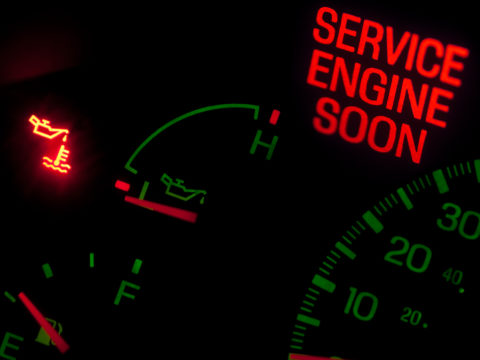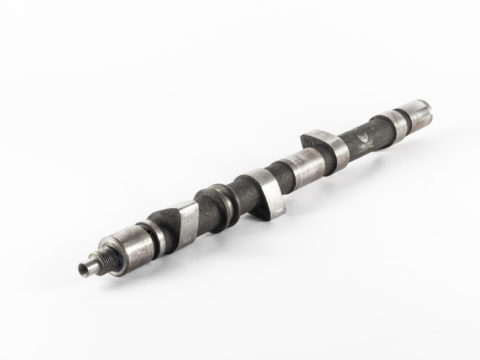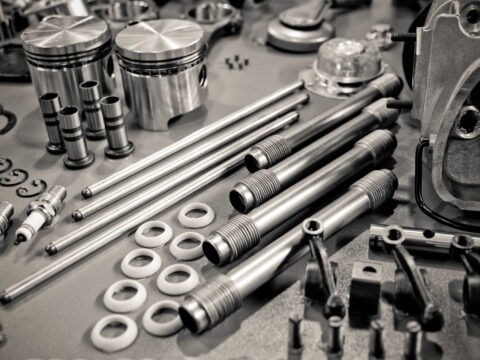The throttle body is an essential component for the smooth operation of your vehicle. When this part goes bad, you can be looking at a heft repair bill, depending on the type of vehicle you own and who is completing the replacement.
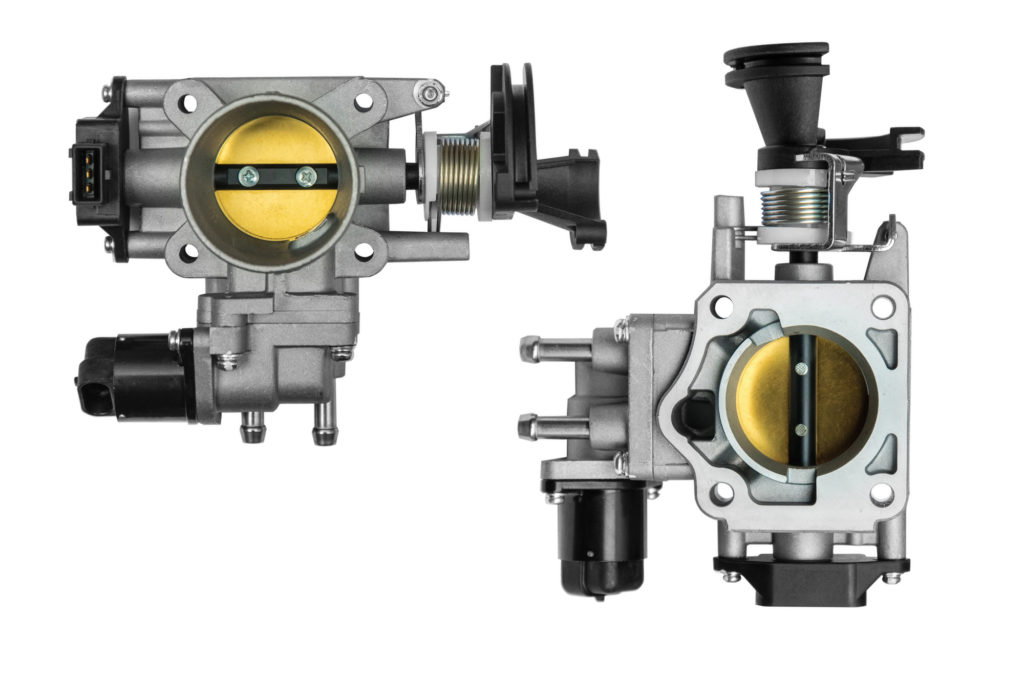
Contents
Average Throttle Body Replacement Cost
The average replacement cost for a throttle body will depend on several factors, including the year, make, and model of the vehicle, your location, and total labor costs. However, you can expect to pay anywhere from $250 to over $1,500 when replacing the throttle body for your vehicle.
Naturally, you can expect to pay more for a replacement that a professional automotive shop completes rather than if you were to do it yourself at home in your garage.
Throttle Body Replacement Cost for Various Vehicles
| Vehicle type | Parts cost | Labor cost | Other costs | Overall approximate cost |
| 2010 Ford Mustang | 130 | 140 | 30 | 300 |
| 2008 Chevrolet Cobalt | 235 | 125 | 30 | 390 |
| 2011 Dodge Nitro | 250 | 160 | 40 | 450 |
| 2009 Honda Accord | 120 | 125 | 30 | 275 |
| 2012 GMC Yukon | 250 | 120 | 30 | 400 |
| 2014 Volvo S60 | 670 | 150 | 40 | 860 |
| 2016 Jeep Patriot | 400 | 140 | 30 | 570 |
| 2015 Chrysler 200 | 325 | 125 | 30 | 480 |
| 2013 Lexus RX350 | 450 | 225 | 40 | 715 |
| 2017 Cadillac XTS | 300 | 120 | 30 | 450 |
Why Replace a Throttle Body?
If your vehicle suffers from idling or acceleration problems and you have made simple corrections without any improvement, it could be time to replace the throttle body.
When changing the air filter, cleaning out the throttle body, and ensuring you have no air leaks elsewhere prove to be futile, replacement is the next step.
Although a vehicle will still operate and run with a bad throttle body, it is not ideal for driving it when you know it needs replacing. In addition, because of the symptoms, you may experience, your vehicle may stall or fail to accelerate when you need it to behave accordingly in traffic. These shortfalls can create a dangerous situation on the road for you and other drivers.
What Causes the Throttle Body To Go Bad?
Throttle bodies can go bad and fail for various reasons. It can be challenging to find the cause of failure on your own, so having a professional mechanic look at it may be the best choice.
Some common causes for throttle body problems include:
- Built-up dirt and grime
- Failure from extensive use
- Dry air filter
- Stuck butterfly valve
- Air leaks
a) Built-Up Dirt and Grime
Internal contamination of the throttle body will prevent it from functioning correctly. Carbon, dirt, and grime collecting inside can interfere with the airflow, also known as coking. Thankfully, if this is the reason for your throttle body issues, you can easily clean it out and help extend its life.
b) Failure from Extensive Use
Like other mechanical components, parts like throttle bodies will eventually fail after extended use. Although you can help prolong its life with regular care and maintenance, there will come a time when you will have to replace your throttle body.
c) Dirty Air Filter
Dirty air filters will interfere with proper airflow that mixes with fuel in the throttle body. In addition, dust, dirt, and debris can restrict air from moving through effectively or stick to the interior components of the throttle body, preventing efficient operation. Although changing an air filter is relatively simple to do, the throttle body will need regular cleaning and eventual replacement.
d) Stuck Butterfly Valve
The butterfly valve inside the throttle body helps direct airflow. If it becomes stuck open or closed, it affects how much air mixes with the fuel, creating issues with your vehicle’s operation. In addition, this valve can stick due to manufacturing defects or from a buildup of carbon, dirt, or grime within the throttle body.
e) Air Leaks
There are cases where the throttle body may function correctly, but you still have problems. This situation could be from an air leak somewhere else in the system, forcing additional air through and creating an imbalance for operating issues.
Symptoms of a Bad Throttle Body
Even if you are not a professional mechanic, there are simple ways to diagnose if your vehicle has a bad throttle body. Some of the more common symptoms you may see include:
- Significantly low or poor idling
- Unnaturally high idling or idling spikes
- Uneven acceleration
- Warning lights
- Poor engine operation
- Gas consumption changes
- Engine misfiring
a) Significantly Low or Poor Idling
Because this component controls the airflow into the engine, a failing part will significantly impact the vehicle’s idling. When there is a disruption in the air and fuel mixture, idling may be rough, sputter, and even stall at points. You may also notice the idling decreasing significantly during operation or making noise.
b) Unnaturally High Idling or Idling Spikes
Additionally, if your vehicle is idling unnaturally high, this can also indicate a throttle body issue. The throttle body’s job is to control the idle at a reasonable level, and if it cannot achieve this due to failure, the engine’s RPM measurement can be extremely high.
c) Uneven Acceleration
Once again, the ideal mixture of fuel and air into the engine will keep it running smoothly. When this amount is uneven, your vehicle will show acceleration problems. This symptom can make it have a staggered, slow response when accelerating or lurch ahead and accelerate too quickly.
d) Warning Lights
If the throttle body problem continues, you should eventually see a Check Engine Light come on as a warning. These warning lights can be messages from one of the many sensors within the throttle body or other areas of the vehicle that are experiencing adverse effects because of a bad throttle body.
e) Poor Engine Operation
Sometimes drivers may notice an overall decrease in engine operation and performance. Whether it is a combination of idle problems or acceleration, or just running rough, the throttle body has a direct impact on how your vehicle operates at all times.
Alternatively, if you cannot use your cruise control feature on your vehicle, or it deactivates during operation, this is another indication that you should have a professional check for a bad throttle body.
f) Gas Consumption Changes
If you notice that you need to fill up sooner or wait longer to fill up than usual, this is also an indication of problems with the throttle body. So, naturally, if the air and fuel mixture is off, your vehicle may burn through the gas quicker or not as much as expected.
g) Engine Misfiring
When you start a vehicle, the throttle body takes the air and mixes it with the fuel to ignite combustion and start the engine. When this mixture is off, the engine may misfire when turning over and starting.
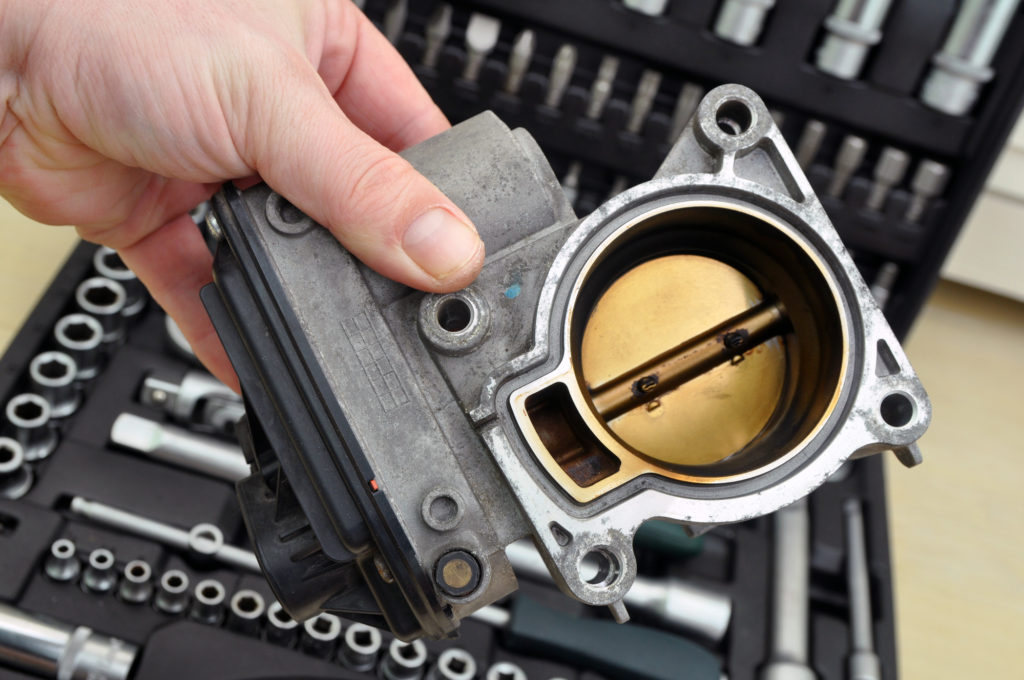
What Is Done When Replacing a Throttle Body?
Replacing a throttle body can take anywhere from one to two hours to do, depending on the make and model of your vehicle and where it sits on the engine. However, an individual can complete a complete replacement in only five easy steps.
a) Detach the Air Intake Duct Hose from the Throttle Body
Remove the air intake duct hose and inspect all the components to the throttle body. In some cases, you may need to replace other parts simultaneously due to carbon or dirt buildup.
b) Remove the Air Cleaner
Inspect the air cleaner and replace it if necessary. Carefully remove all electronic components and sensor cables at this time.
c) Separate the Throttle Cable From the Control Lever
You will need to gently ease the throttle body open to reach the cables successfully. Then, remove each cable one at a time.
d) Unbolt and Remove the Throttle Body From Its Position
Unbolt the four outer bolts that hold the throttle body securely to the engine’s intake manifold. Use caution while removing it to keep the seal intact.
e) Install the New Throttle Body Component In Place and Secure
Install the replacement throttle body component by lining up the bolts and securing them in place. Next, go through the removal steps in reverse and reassemble the throttle body to the engine.
Can You Replace the Throttle Body Yourself?
Replacing a throttle body is not a difficult task, but it can be challenging because of where it sits within the engine. If you have no prior mechanical experience, this may not be the best DIY job for you to start with. Consequently, the throttle body does contain some electronic connections and housing seals, and it might be a task for your local mechanic shop.
If you still want to attempt this job yourself, you will require the necessary tools to remove it from the engine and re-secure the replacement. By ensuring you have everything on hand, you can save time during the process.
To replace the throttle body yourself, you will need:
- Needle nose pliers
- Screwdrivers
- Socket set
- Spanners


